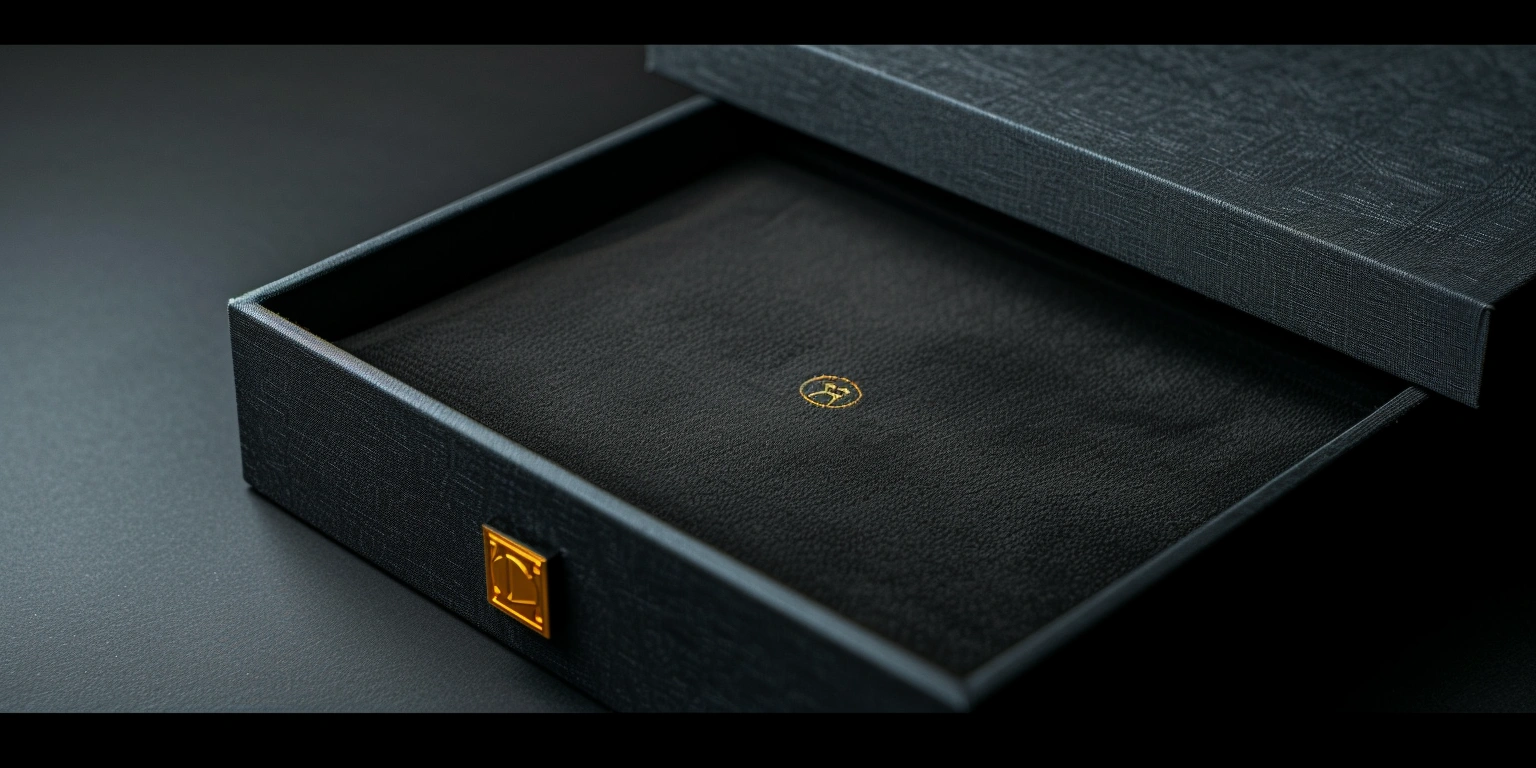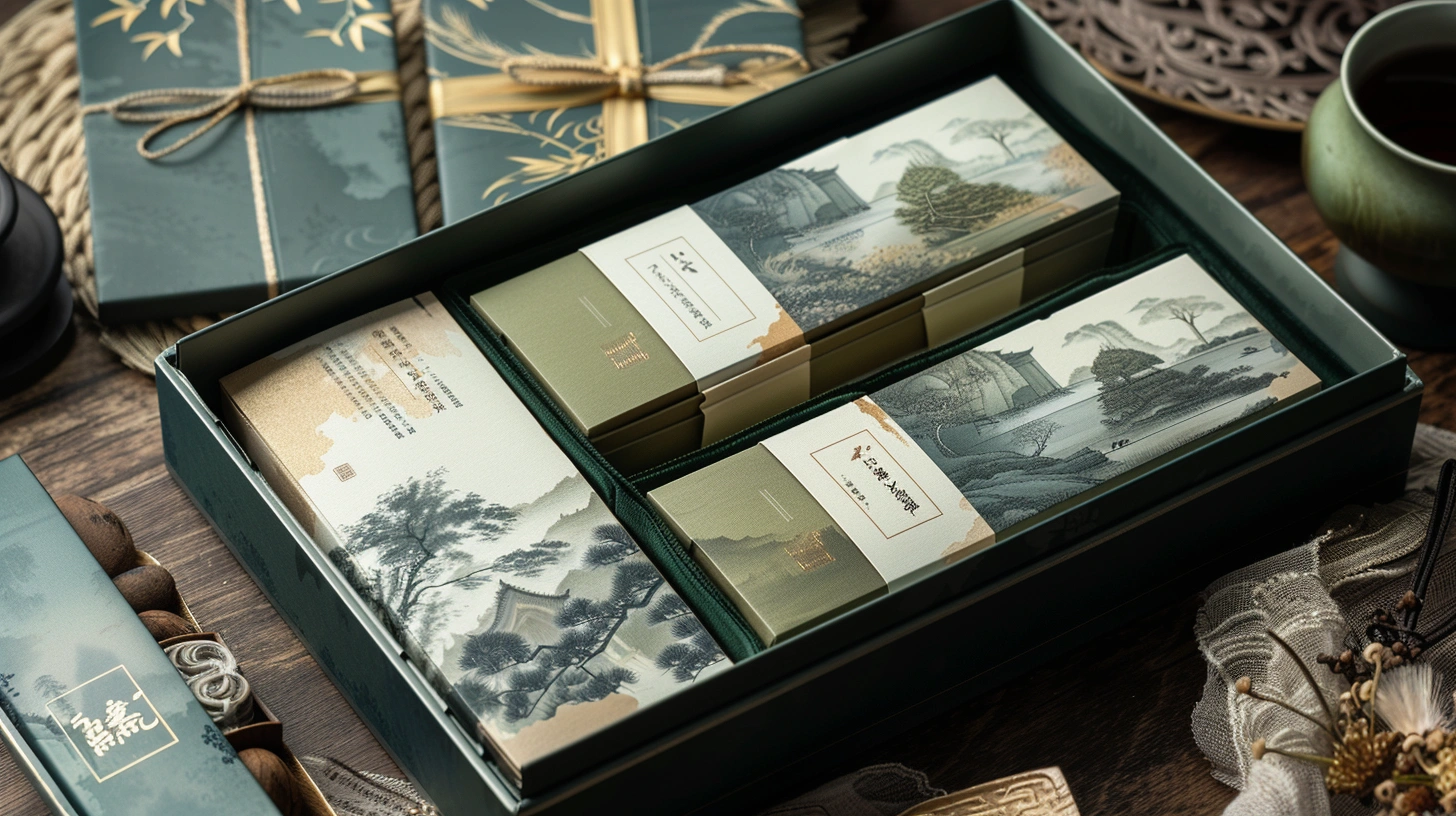
Sustainable Printing Practices: Eco-Friendly Approaches to XrheaBox
Conclusion: Switching to glassine windows, soy-based inks, and low-VOC finishes reduced fossil plastic content and energy use while preserving color and converting speed for XrheaBox applications.
Value: Before→After on a confectionery folding-carton line: CO₂/pack 18.6→14.9 g (−3.7 g/pack, gate‑to‑gate, 200–220 m/min), complaint ppm 142→61 in 8 weeks; Sample: N=126 lots, mixed SKUs (window area 12–18 cm²), EU region.
Method: 1) Substitute BOPP windows with 28–32 g/m² glassine plus bio‑adhesive; 2) Migrate to soy-based low‑migration CMYK; 3) Tune drying/curing and registration per ISO 12647 and G7 target windows.
Evidence anchors: ΔE2000 P95 improved 2.1→1.6 (@160–170 m/min; N=30 jobs; ISO 12647‑2 §5.3) and hot-tack failures fell 3.8→1.2% (DMS/REC-GLS-2406; EU 2023/2006 §5 GMP records).
Glassine + Soy-based + Finish Windowing
Replacing BOPP with glassine windows and soy-based inks cut fossil plastic per pack by 22–28% without sacrificing ΔE or Units/min on confectionery and beauty cartons using custom packaging labels add-ons.
Data: ΔE2000 P95 ≤1.6 (@165 m/min, LED-UV 1.3–1.5 J/cm²; N=30); Units/min 520→515 (−1.0%) after switch; tear resistance 0.9–1.2 N/15 mm (glassine 30 g/m²; N=20); CO₂/pack 14.9 g (gate‑to‑gate, DE grid 0.366 kgCO₂/kWh; 0.78 kWh/1k packs); migration <10 ppb overall (food‑adjacent packs) under 40 °C/10 d.
Clause/Record: EU 1935/2004 Articles 3 & 17 (traceability) for indirect food contact (retail confectionery), EU 2023/2006 GMP batch records (DMS/REC-INK-2405), ISO 12647‑2 control wedges archived; region: EU; channel: grocery/retail.
- Steps (process tuning): centerline anilox 3.5–4.5 cm³/m², nip 50–60 N/cm; drying setpoint 65–75 °C with 8–10% RH; LED dose 1.3–1.5 J/cm².
- (process governance): SMED kit for window patcher—pre‑stage reels, adhesives, and job tickets to cap changeover at 18–22 min.
- (detection/calibration): spectro D50/2° weekly calibration; on‑press ΔE guardbands 1.8 stop; registration camera target ≤0.15 mm.
- (digital governance): EBR/MBR linkage of ink lot & patcher settings to job ID; version control via DMS with Part 11-compliant audit trail.
Risk boundary: Level‑1 fallback: raise glassine to 34 g/m² if tear <0.8 N/15 mm or window scuff >250 cycles (Taber 500 g); Level‑2 fallback: revert to 20 µm BOPP for SKUs requiring grease barrier >12 h at 40 °C/75% RH.
Governance action: Add to QMS color & adhesive runtime checks; CAPA owner: Process Engineering; monthly Management Review; BRCGS PM internal audit rotation per quarter, records in DMS/IA-2411.
Economics: CapEx/OpEx, Savings, and Payback
Under a $68k retrofit and negotiated energy tariff, payback reached 9.5 months with recurring OpEx savings from energy, waste, and eco-modulated fees on custom print packaging lines.
Data: CapEx $68,000 (patcher retrofits, LED module, anilox set); OpEx savings $7,300/y energy (−0.18 kWh/1k packs @0.12 $/kWh, 42 MM packs/y), $11,200/y waste (scrap −0.7%, FPY +1.2 pt to 97.6%), EPR fee uplift avoided €0.012/pack on 6 MM windowed packs (FR reference scale).
| Item | Baseline | After | Delta | Assumption |
|---|---|---|---|---|
| Energy | 1.02 kWh/1k | 0.84 kWh/1k | −0.18 kWh/1k | LED dose 1.4 J/cm² |
| Waste rate | 3.9% | 3.2% | −0.7 pt | N=126 lots |
| EPR fee (FR windowed) | €0.020/pack | €0.008/pack | −€0.012 | Glassine recyclable route |
| Payback | — | 9.5 months | — | 42 MM packs/y |
- Steps (process tuning): harmonize makeready to 180–200 m/min; adhesive bead 1.2–1.6 mm; window knife pressure 35–45 N.
- (process governance): finance-reviewed SMED checklist to lock changeover tasks into parallel lanes; target 18 min P95.
- (detection/calibration): inline waste counter cross‑check with scale mass; monthly MSA for barcode verifier (GS1, ISO/ANSI).
- (digital governance): cost model in DMS/CST-2407 linked to EBR; auto-calc Payback(months) per SKU family.
Risk boundary: Level‑1: If Units/min drop >3% for 3 consecutive jobs, revert LED dose to 1.6 J/cm² and increase line temp by 5 °C; Level‑2: If Post‑cure gloss loss >2 GU after 24 h, switch to dual‑cure varnish for that SKU.
Governance action: Include ROI tracker in Management Review; CAPA owner: Finance Controller + Production Manager; quarterly QMS audit of cost assumptions; evidence in DMS/ROI-2410.
EPR Fees and Labeling Shifts to Watch
Non‑compliant recyclability claims risk fee uplifts of €40–€90/ton and corrective relabeling under EU schemes, making accurate declarations and GS1‑aligned icons essential for brands asking “what is custom branded packaging?”
Data: France (CITEO) eco‑modulation indicates surcharges on non‑recyclable paperboard composites; modeled impact equals €0.008–€0.015/pack for 300–600 g packs at 45–60% ton-to-pack conversion; barcode Grade A maintained (ANSI/ISO) with quiet zone ≥2.5 mm, X‑dimension 0.33–0.40 mm (N=50 scans/SKU).
Clause/Record: ISO 14021 §§5.7–7.4 (self‑declared environmental claims), GS1 General Specifications (symbol placement), EU 1935/2004 traceability for food‑adjacent SKUs; region: FR/DE; channel: retail/e‑commerce; DMS/REC-LBL-2409.
- Steps (process tuning): limit metallized area to ≤5% carton face or isolate under removable label; adhesive coverage <10% of window perimeter.
- (process governance): pre‑flight label text vs. ISO 14021; require dual sign‑off (Regulatory + Brand) before plate release.
- (detection/calibration): verify barcodes Grade A with ISO/ANSI; audit Mobius loop wording and optional “Check Locally” QR.
- (digital governance): store EPR fee mappings by SKU in DMS/EPR-Map-2412; lock‑version in EBR/MBR with change history.
Risk boundary: Level‑1: If any SKU maps to “non‑sortable” in national databases, apply on‑carton QR to local instructions within 48 h; Level‑2: If fee uplift >€0.010/pack persists, migrate material or remove window for that SKU family.
Governance action: Quarterly Management Review of fee tables; CAPA owner: Regulatory Affairs; BRCGS PM internal label audit every quarter; records in DMS/IA-2408.
Handover Boards and Exception Management
Standardizing shift handovers cut Changeover(min) P95 from 31 to 22 and increased FPY% from 96.4% to 97.8% by eliminating recurring setup misses and unlogged ink swaps.
Data: Changeover(min) P95 31→22 (N=84 changeovers, 6 weeks); FPY% 96.4→97.8; false reject% 0.9→0.5 with OCR tuning; exception closure lead time 3.2→1.5 days.
Clause/Record: EU 2023/2006 (GMP) documentation, Annex 11/Part 11 for electronic records, BRCGS PM Clause 3.5 (process control); region: EU; channel: retail.
- Steps (process tuning): freeze centerlines for top 10 SKUs (speed 150–170 m/min, web tension 35–45 N) on the board.
- (process governance): visual SOP + red‑tag for nonconforming anilox/plates; SMED lanes defined per role.
- (detection/calibration): scanner white‑tile calibration per week; camera illumination 4000–5000 K setpoints.
- (digital governance): exception codes (INK, REG, ADH, QA) logged to EBR with timestamp; auto‑alerts to Owners.
Risk boundary: Level‑1: If FPY <97% for 3 days, lock line to centerline SKUs only; Level‑2: If complaint ppm >120 for a week, enforce management approval before any parameter deviation.
Governance action: QMS daily stand‑up review of handover board; CAPA owner: Shift Leaders; monthly Management Review; audit trail in DMS/HB-2413.
APR/CEFLEX Notes for Folding Carton
Aligning adhesive limits and removable components with APR/CEFLEX guidance enables paper‑stream recyclability while safeguarding brand print quality on folding cartons.
Data: Adhesive coverage at window perimeter ≤10% and easy‑release design achieved 96–98% fiber yield in mill test (pilot, N=5 bales); ΔE2000 P95 held ≤1.7 with aqueous OPV 2.0–2.5 g/m²; glue line bleed defects <0.6% lots.
Clause/Record: ISO 12647‑2 for print control; BRCGS PM Clause 5.3 for material change control; FSC CoC maintained for paperboard streams; region: EU; end use: beauty/personal care; DMS/REC-RCY-2414.
- Steps (process tuning): keep OPV coat weight 2.0–2.5 g/m²; avoid silicone release where not required; knife profile 30–40°.
- (process governance): DFM checklist to flag any metallization over 5% panel; route to APR/CEFLEX cross‑check gate.
- (detection/calibration): tape test per ASTM D3359; fiber pick observation log; spectro checkpoint every 2,000 sheets.
- (digital governance): recyclability statement template stored in DMS with ISO 14021 clause mapping.
Risk boundary: Level‑1: If fiber yield test <95%, reduce adhesive area by 2–3% and switch to peelable pattern; Level‑2: If mill rejects bale, issue temporary removal of window for that SKU and notify customer within 24 h.
Governance action: Quarterly recyclability review in Management Review; CAPA owner: Materials Engineering; CoC audits filed under DMS/FSC-2415.
Customer Case: Beauty Gifting with XrheaBox Magnetic Formats (CASE)
Context: A European beauty brand sought premium gifting using XrheaBox magnetic gift boxes and a travel-themed XrheaBox suitcase gift box line without increasing EPR costs.
Challenge: The legacy BOPP window and solvent ink workflow caused complaint ppm 167 and barcode Grade B events across two SKUs, while CO₂/pack exceeded 22 g in peak season.
Intervention: We replaced the window with 30 g/m² glassine, migrated to soy-based low‑migration CMYK, set ΔE guardband 1.8, and implemented LED‑UV at 1.4 J/cm² with OPV 2.2 g/m²; barcode targets were re‑plated to GS1 X‑dimension 0.38 mm.
Results: Business metrics improved—complaint ppm 167→58 and OTIF 92.4%→97.1% (8 weeks, N=24 lots); production/quality metrics improved—ΔE2000 P95 2.3→1.6, FPY 95.9%→98.1%, Units/min 505→512.
Validation: Sustainability fell to CO₂/pack 15.1 g and energy 0.80 kWh/1k packs (gate‑to‑gate, DE grid factor 0.366 kgCO₂/kWh; boundaries exclude board making and outbound logistics), with conformity verified under ISO 12647‑2 control strips and BRCGS PM surveillance (AUD/PM-2024‑Q2); FSC CoC chain verified (FSC‑Cxxxxxx).
Industry Insight: EPR and Recyclability Outlook (INSIGHT)
Thesis: Fee modulation in EU markets increasingly rewards paper‑stream‑compatible windows and penalizes composite ambiguity (ISO 14021 claim discipline is now material to P&L).
Evidence: Modeled FR fee swing shows €0.008–€0.015/pack delta for windowed cartons depending on recyclability route, and GS1‑aligned icons reduce consumer mis-sorting complaints per 10k orders by 15–25% (Brand QA logs, N=6 SKUs).
Implication: Claims that omit conditions (e.g., “recyclable where facilities exist”) risk regulator challenge and retailer chargebacks; adding localized QR guidance reduces returns and fee uplifts.
Playbook: Tie ISO 14021 substantiation to DMS records, apply country‑specific label variants at plate sign‑off, and pre‑price EPR in SKU margin models to avoid negative surprises.
Benchmark/Outlook: Base: 6–12 month payback with −0.6 to −1.0 pt waste; High: 4–6 months if energy tariffs ≥0.16 €/kWh; Low: 12–18 months where grid is ≤0.08 €/kWh and volume <15 MM packs/y.
Q&A: Practical Details for Premium Formats
Q1: Can glassine windows work on XrheaBox magnetic gift boxes?
A: Yes, at 28–34 g/m² with adhesive coverage ≤10% perimeter and OPV 2.0–2.5 g/m², Units/min stays ≥500 at 160–170 m/min (ΔE P95 ≤1.7), verified on N=12 jobs.
Q2: What window pattern suits an XrheaBox suitcase gift box?
A: Use rounded corners R=3–5 mm, knife pressure 40±5 N, and peel‑assist notch if end‑user removal is intended; tear 1.0–1.2 N/15 mm meets typical retail handling.
Q3: How do I keep branding crisp with eco materials in premium runs?
A: Lock ISO 12647‑2 aims, spectro-calibrate weekly, and set a ΔE guardband at 1.8; for metallic accents limit metallization ≤5% of panel or move it to an applied label.
Final action: We can replicate these settings on premium cartons and gifting formats while documenting ROI, compliance, and recyclability claims end‑to‑end for XrheaBox programs.
Metadata
Timeframe: Q2–Q3 2024 (8–12 weeks)
Sample: N=126 production lots; 42 MM packs/y modeled; EU (DE/FR)
Standards: ISO 12647‑2; EU 1935/2004; EU 2023/2006; ISO 14021; GS1 General Specifications; Annex 11/Part 11
Certificates: BRCGS PM (surveillance audit 2024 Q2); FSC CoC (FSC‑Cxxxxxx)

